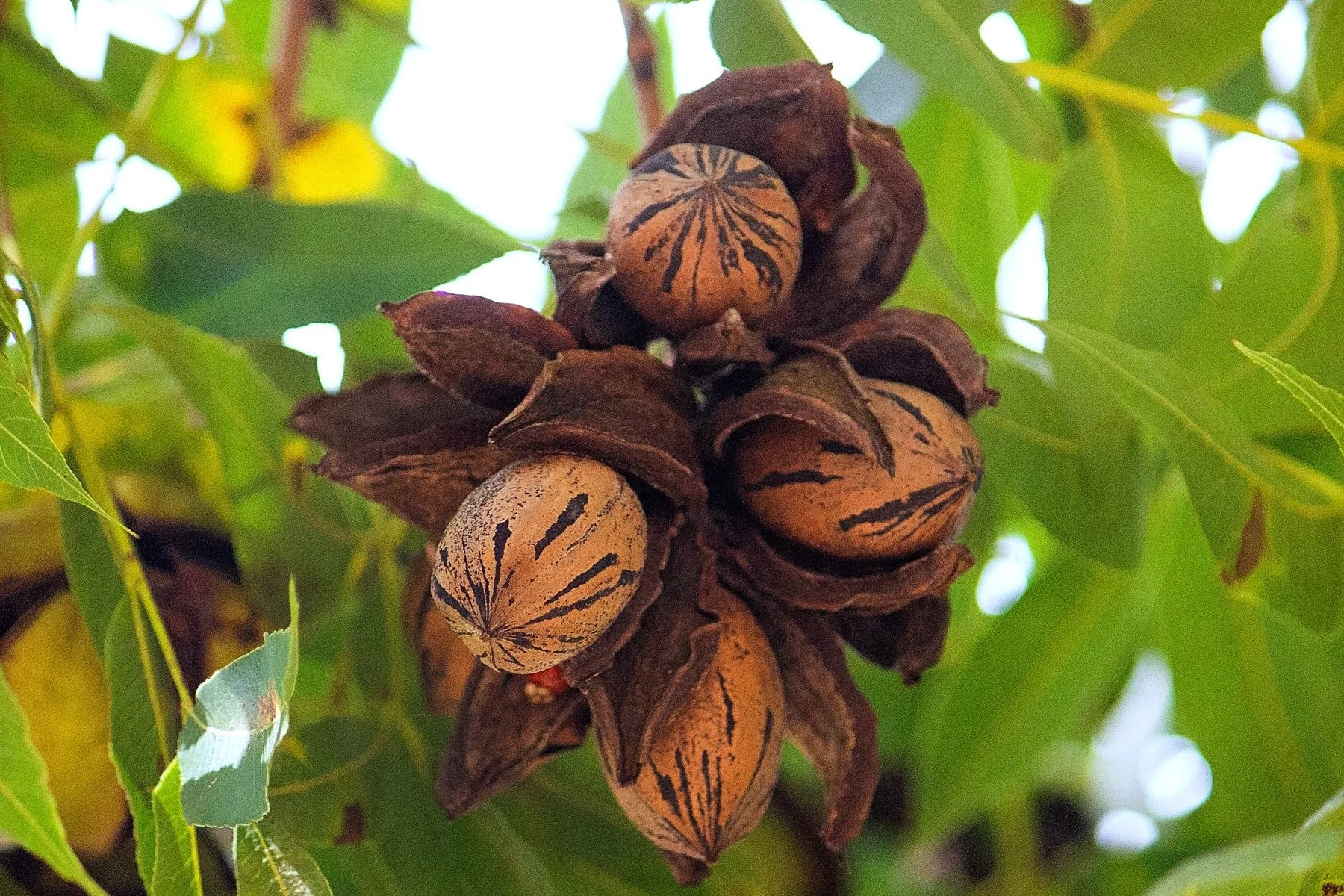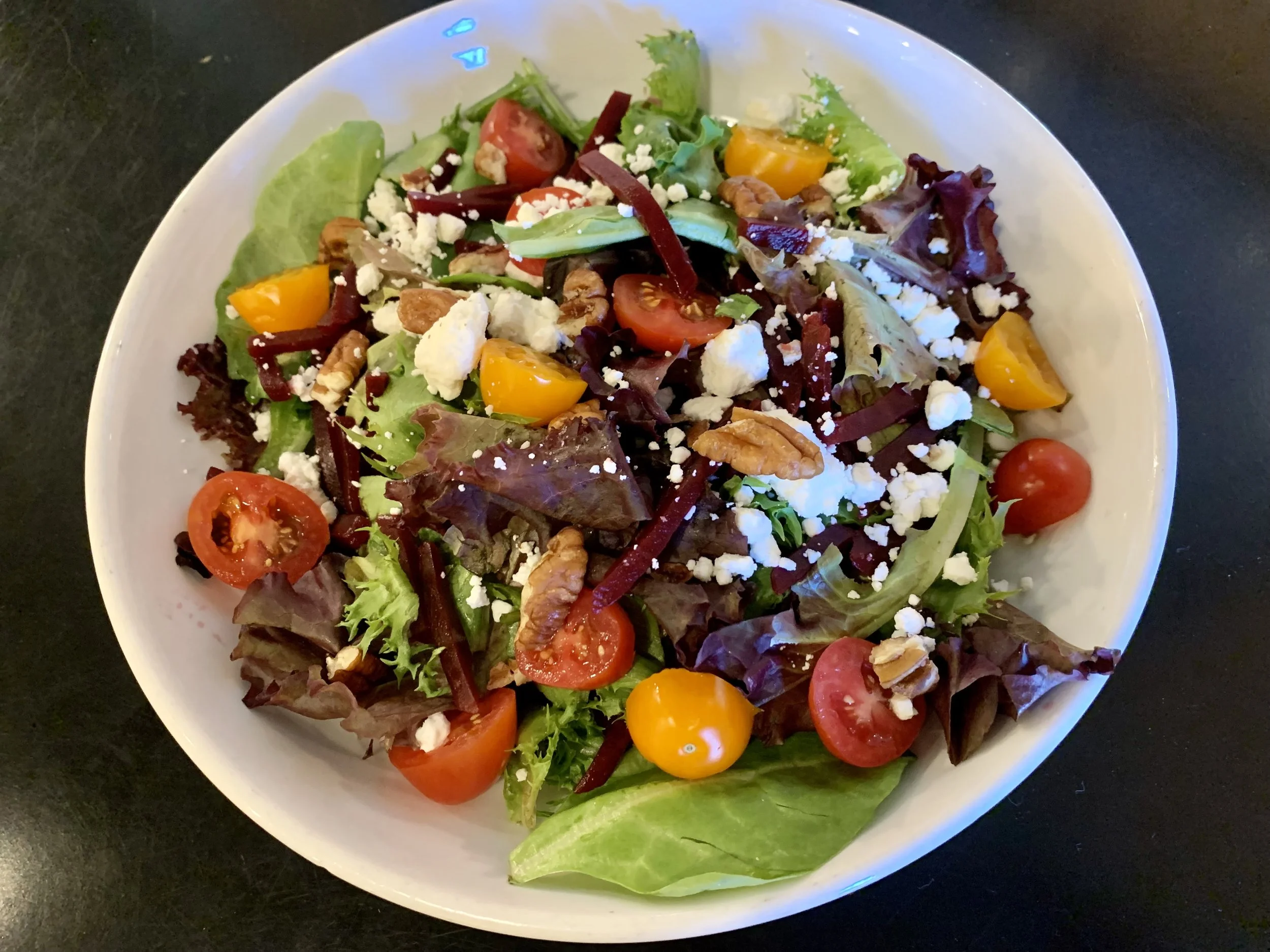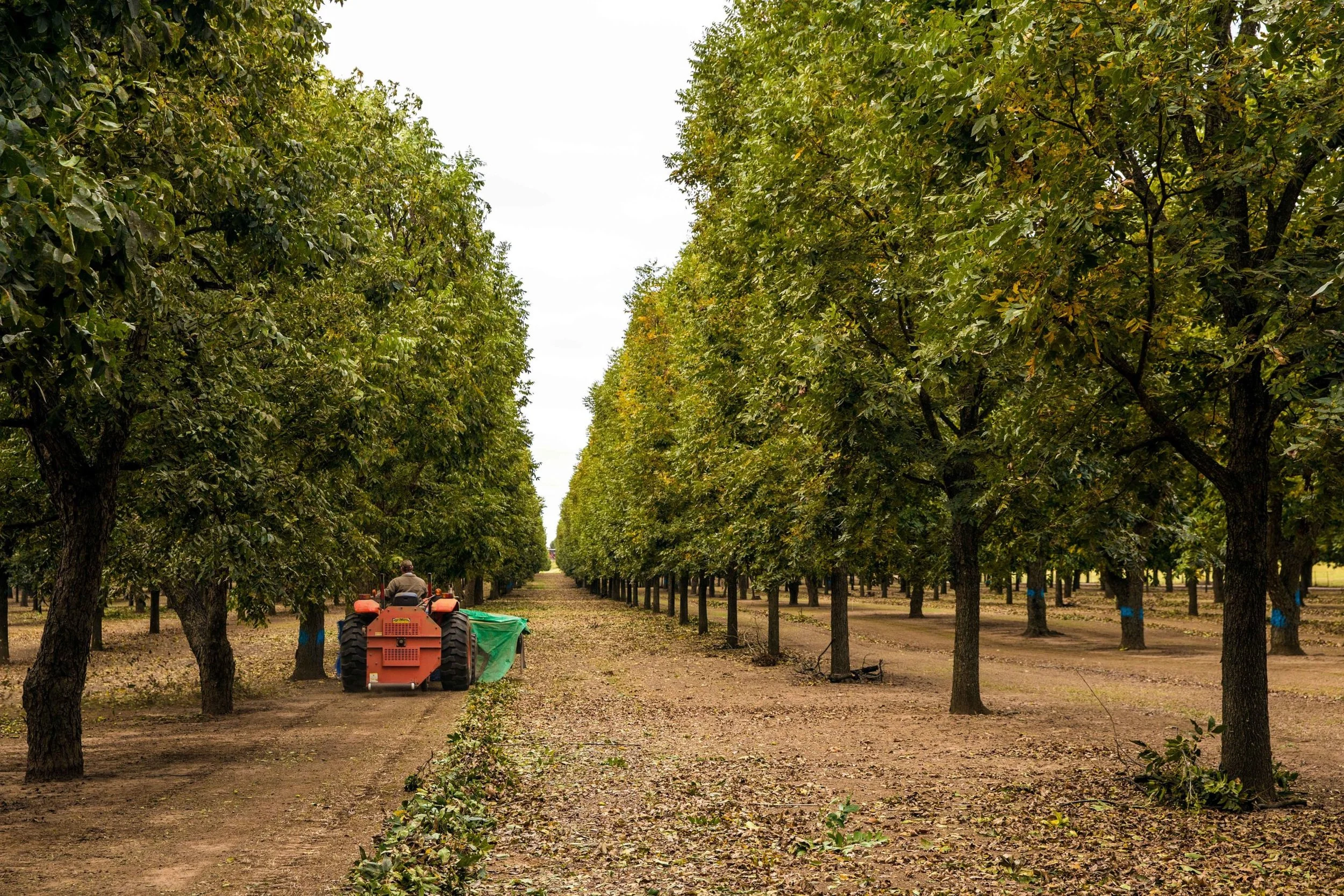Pecan-Infused Texas Fare: Recipes and Insights into the Pecan Harvest
Discover > Truly Texan > Pecan-Infused Texas Fare: Recipes and Insights into the Pecan Harvest
Texan cuisine is a true melting pot of flavors, where unique ingredients and cultural influences converge to create a culinary tapestry unlike any other. One ingredient that has played a key role in shaping Texas's rich gastronomic heritage is the pecan.
This humble yet iconic nut has been a beloved staple in Texan cuisine for centuries, thanks to its unique flavor and versatile culinary applications. Its deep-rooted history in the Lone Star State is evident not just in the abundance of pecan trees that dot the Texan landscape but also in the many delectable recipes that feature this nut as a star ingredient.
From sweet pecan pies to savory pecan-crusted meats, Texan cuisine's love affair with pecans (how long do pecans last?) continues to amaze and delight food enthusiasts worldwide.
The Pecan: A Texas Treasure
The Pecan Tree's Texas Roots
The pecan tree has a long and storied history in Texas. Native to North America, pecan trees have thrived in the region for thousands of years. Indigenous peoples, such as the Caddo and the Comanche, revered the pecan as a valuable source of nutrition, using the nuts (how long do nuts last?) in their diets and trading them with neighboring tribes.
Pecans and Texas Agriculture
The pecan's journey from a wild foraged nut to a cultivated crop was a gradual one. Early European settlers in Texas recognized the value of pecans and began cultivating orchards in the 18th century. These orchards laid the foundation for pecan farming in Texas, which would eventually become a booming industry. Today, Texas is one of the leading pecan-producing states in the United States, with a rich agricultural heritage that continues to thrive.
Pecans: A Culinary Delight
Nutritional Value of Pecans
Pecans are not only delicious but also packed with nutrients. They are a good source of healthy fats, particularly monounsaturated fats, and are cholesterol-free. Pecans are also rich in vitamins and minerals, including vitamin E, vitamin B6, and magnesium. Their nutritional profile makes them a wholesome addition to any meal.
The Versatility of Pecans in Cooking
One of the reasons pecans have earned a cherished place in Texan cuisine is their versatility in cooking. They can be used in both sweet and savory dishes, adding a delightful crunch and a subtle nutty flavor. Pecans can be roasted, toasted, chopped, or ground to suit a wide range of culinary applications.
Pecan-Infused Texas Fare: Recipes
Now, let's explore some mouthwatering recipes that showcase the pecan's versatility and deliciousness.
Pecan-Crusted Chicken
Ingredients:
4 boneless, skinless chicken breasts (What wine goes well with chicken breast?)
1 cup finely chopped pecans
1/2 cup breadcrumbs
1/4 cup grated Parmesan cheese
2 tablespoons fresh parsley, chopped
2 eggs
Salt and pepper to taste
Oil for frying
Instructions:
In a shallow bowl, combine the chopped pecans, breadcrumbs, grated Parmesan cheese, chopped parsley, salt, and pepper.
In another bowl, beat the eggs.
Dip each chicken breast into the beaten eggs, ensuring it's coated evenly.
Press the egg-coated chicken into the pecan mixture, coating both sides thoroughly.
Heat oil in a skillet over medium heat. Add the pecan-crusted chicken and cook until golden brown and cooked through, about 5-7 minutes per side.
Serve hot with your choice of side dishes.
Pecan and Roasted Beet Salad
Ingredients:
4 medium-sized beets (how long do beets last?), roasted and sliced
1 cup pecan halves (how long do pecan halves last?), toasted
4 cups mixed salad greens
1/2 cup crumbled goat cheese
1/4 cup balsamic vinaigrette dressing
Salt and pepper to taste
Instructions:
Preheat your oven to 400°F (200°C). Wash and trim the beets, then wrap them in aluminum foil. Roast for 45-60 minutes or until they can be easily pierced with a fork.
Let the roasted beets cool, then peel and slice them into thin rounds.
In a large salad bowl, combine the mixed greens, pecan halves, and sliced beets.
Drizzle the balsamic vinaigrette dressing over the salad and gently toss to coat all the ingredients.
Season with salt and pepper to taste.
Sprinkle crumbled goat cheese on top before serving.
Pecan Pie: A Texan Classic
Ingredients:
1 9-inch pie crust (homemade or store-bought)
1 1/2 cups pecan halves
3 large eggs
1 cup corn syrup (how long does corn syrup last?)
1 cup granulated sugar
2 tablespoons melted butter
1 teaspoon vanilla extract
1/4 teaspoon salt
Instructions:
Preheat your oven to 350°F (175°C).
Place the pecan halves evenly in the bottom of the unbaked pie crust.
In a medium bowl, whisk together the eggs, corn syrup, granulated sugar, melted butter, vanilla extract, and salt until well combined.
Pour the mixture over the pecans in the pie crust.
Bake in the preheated oven for about 50-60 minutes, or until the pie is set in the center and the crust is golden brown.
Allow the pecan pie to cool before serving.
The Pecan Harvest: A Seasonal Celebration
The Pecan Harvest Season
The pecan harvest season in Texas typically runs from late September through November. During this time, pecan trees are laden with ripe nuts, and orchards come alive with activity as farmers and workers gather the pecans. It's a season of hard work and celebration, as pecan growers reap the fruits of their labor.
North Texas Pecan is your premier destination for the finest local pecans in Texas. Our amiable owners are dedicated to delivering top-quality products.
Community and Tradition
The pecan harvest season is not just about agriculture; it's also a time for communities to come together. Many towns and cities in Texas host pecan festivals and fairs, where locals and visitors alike can enjoy pecan-themed foods, crafts, and entertainment. These events celebrate both the pecan and the culture it represents, fostering a sense of unity and tradition among Texans.
Pecans: A Sustainable Crop
Environmental Benefits of Pecan Farming
Pecan farming is known for its sustainability. Pecan trees are hardy and adaptable, requiring fewer pesticides and chemicals than some other crops. They also provide valuable ecosystem services, such as carbon sequestration and soil stabilization. Pecan orchards, when managed responsibly, can be a boon for both the environment and the economy.
Economic Impact
Pecan farming is a significant contributor to Texas's agricultural economy. The state's pecan industry generates jobs, supports local businesses, and contributes to the export market. Pecans are not only a beloved ingredient but also a vital economic resource for Texas.
A notable grower is Rio Grande Organics (RGO), an organic pecan grower in Houston, Texas. Since its establishment in 2001, and the opening of its doors to the public in 2003, it has grown into the largest organic pecan grower in North America.
Conclusion
Pecans hold a special place in Texan culture, history, and cuisine. From their humble beginnings as wild foraged nuts to their current status as a sought-after agricultural crop, pecans have come a long way in Texas. Their versatility in cooking and rich, nutty flavor make them a treasured ingredient in Texan fare.
As we've explored in this article, pecans can elevate a variety of dishes, from savory chicken to sweet pies and salads. Additionally, the pecan harvest season is a time of community and tradition, where Texans celebrate the bounty of this sustainable crop.
So, the next time you enjoy a pecan-infused Texas dish, take a moment to savor the rich history and culinary legacy of this remarkable nut. Whether you're a Texan or a visitor to the Lone Star State, pecans are sure to leave a lasting impression on your palate and your appreciation for Texan cuisine.







